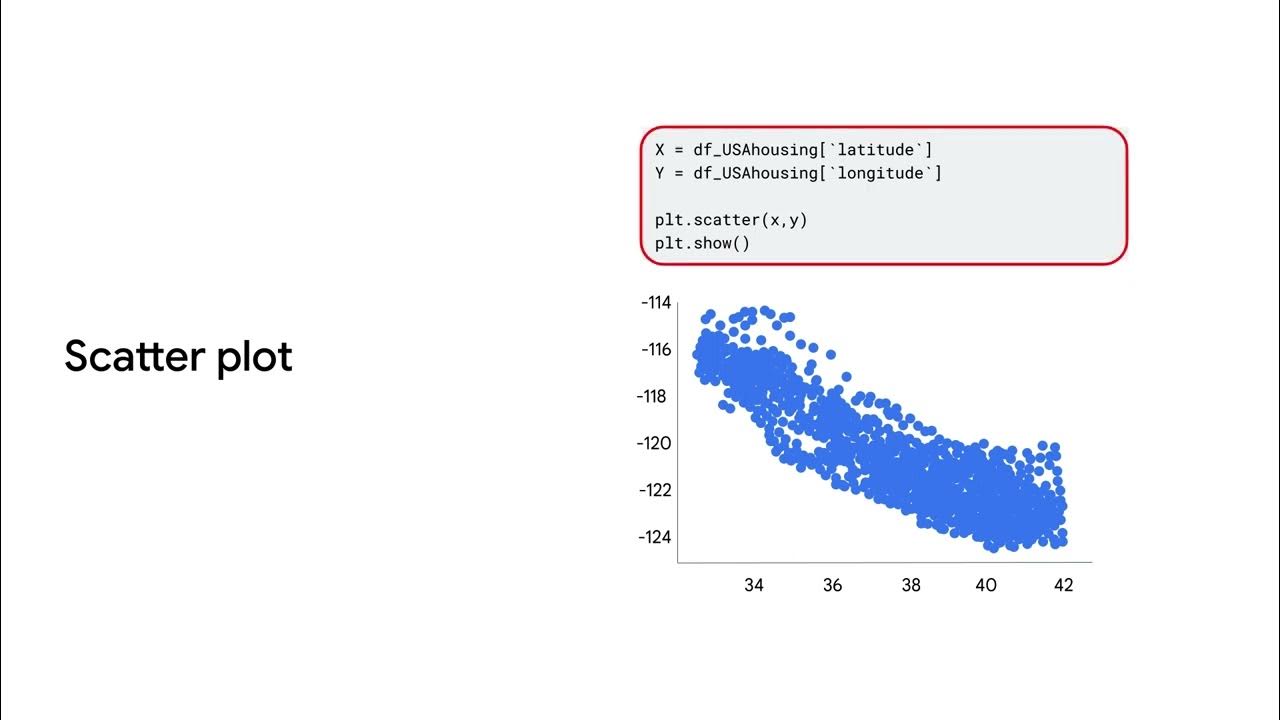#1 Unlock The Secrets Of Data Analysis: A Comprehensive Tutorial On The Data Analysis Lifecycle
Summary
TLDRThis video provides an overview of the life cycle of a data analytics project, outlining its key stages: understanding the use case, running the ETL pipeline, performing exploratory data analysis (EDA), and drawing conclusions. It explains the roles of different team members, such as business analysts, data analysts, and data engineers, in each step. The video emphasizes the importance of data extraction, cleaning, transformation, and feature engineering in the ETL process, as well as the significance of data analysis and drawing actionable insights from visualized data. Viewers will gain a foundational understanding of how to approach and solve data analytics challenges.
Takeaways
- 😀 The first step in a data analytics project is understanding the business use case or project requirements.
- 😀 The four main steps in a data analytics life cycle are: understanding the use case, running the ETL pipeline, performing exploratory data analysis (EDA), and making conclusions.
- 😀 The ETL pipeline consists of three main stages: extract, transform, and load.
- 😀 Extraction involves gathering raw data from different sources such as CSV files, JSON files, or company databases.
- 😀 Transformation includes cleaning the data by removing duplicates, fixing errors, handling missing values, and preparing the data for analysis.
- 😀 Loading is the final step of ETL, where the prepared data is stored or exported for further analysis, often to big data platforms if the volume is large.
- 😀 A data analyst or data engineer is responsible for running the ETL pipeline, especially the data transformation process, which can take up a significant portion of the project time.
- 😀 In exploratory data analysis (EDA), data analysts look for patterns and insights through techniques such as visualizations (e.g., bar charts, time-series analysis).
- 😀 Drawing actionable conclusions from the analysis is a crucial part of the process, and these conclusions should be communicated clearly to non-technical stakeholders.
- 😀 It is important to ensure that the data used in analysis is clean and properly prepared to avoid impacting the analysis results.
Q & A
What is the first step in the life cycle of a data analytics project?
-The first step is understanding the use case. This involves identifying the project requirements and understanding the business context or data needs.
What role does a business analyst play in the first step?
-A business analyst works with the product owner or client to gather the project requirements and clarify the objectives for the data project.
Who is responsible for collecting the data in the project life cycle?
-A data analyst is responsible for collecting the data, which may involve querying company databases, third-party APIs, or other data sources.
What is the ETL pipeline and why is it important in data analytics?
-ETL stands for Extract, Transform, and Load. It is important because it processes raw data into a more usable, feature-rich format for analysis, handling tasks like cleaning, transforming, and storing data.
What does the extraction phase in the ETL pipeline involve?
-The extraction phase involves retrieving raw data from various sources, such as CSV files, databases, or APIs, before it can be processed or analyzed.
What are some common sources from which data is extracted?
-Data can be extracted from CSV files, JSON files, SQL databases, NoSQL databases, and sometimes from specialized platforms like Hadoop or Hive.
What is the role of a data engineer in the ETL pipeline?
-A data engineer is responsible for designing and maintaining the ETL pipeline, ensuring data is properly extracted, transformed, and loaded into the appropriate storage systems or platforms.
What does data transformation involve in the ETL pipeline?
-Data transformation involves cleaning and restructuring raw data, which may include tasks like removing duplicates, fixing errors, handling missing values, and converting data types.
What is 'featurized data' and how does it relate to data transformation?
-Featurized data is data that has been processed and transformed into a format that is ready for analysis or modeling. It is often the result of cleaning and transforming raw data.
What is Exploratory Data Analysis (EDA) and why is it important?
-Exploratory Data Analysis (EDA) involves analyzing data sets to summarize their main characteristics and uncover patterns, trends, and insights before formal modeling. It is crucial for understanding the structure and quality of the data.
How can data visualization assist in data analysis?
-Data visualization tools, such as bar charts or line graphs, help to visually represent data trends and patterns, making it easier to draw meaningful insights and communicate findings effectively.
Why is making conclusions or inferences from analysis important in data projects?
-Making conclusions is essential because it ensures that the analysis leads to actionable insights. Without conclusions, the analysis lacks direction and fails to add value to the project or business.
Outlines

This section is available to paid users only. Please upgrade to access this part.
Upgrade NowMindmap

This section is available to paid users only. Please upgrade to access this part.
Upgrade NowKeywords

This section is available to paid users only. Please upgrade to access this part.
Upgrade NowHighlights

This section is available to paid users only. Please upgrade to access this part.
Upgrade NowTranscripts

This section is available to paid users only. Please upgrade to access this part.
Upgrade NowBrowse More Related Video

04-1 Memahami Data Melalui Eksplorasi Data

The EDA framework data hiring managers love (use it in your portfolio projects)

Data analysis and visualization

EXPLORATORY ANALYSIS OF GEOLOCATIONAL DATA (MINI PROJECT)

Complete Roadmap To Become Data Analyst In 2024 With Videos And Materials

What is exploratory data analysis
5.0 / 5 (0 votes)